Iceland may be looking at its 'next bubble'
Iceland tourism has exploded in recent years thanks to the global financial crisis, a volcanic eruption, and a new airline. But now some experts — including locals — believe that the country is going through a tourism bubble.
“They’re concerned about that,” Yahoo Finance Editor-In-Chief Andy Serwer, who visited Iceland for the New Year, said on the Final Round recently. “There are so many hotels. And [locals] said, ‘What is it about our economy where we’re kind of prone to bubbles?’
“I mean, they blew up during the financial crisis worse than we did. And they had a lot of hot Russian money there, and that was a problem. And so they recovered from that. And now I think a lot of people there think they’re heading into the next bubble.”
Over the past nine years, the number of tourists visiting the volcanic island of about 350,000 inhabitants has increased exponentially — 440% — from around 500,000 in 2008 to 2.2 million in 2017.
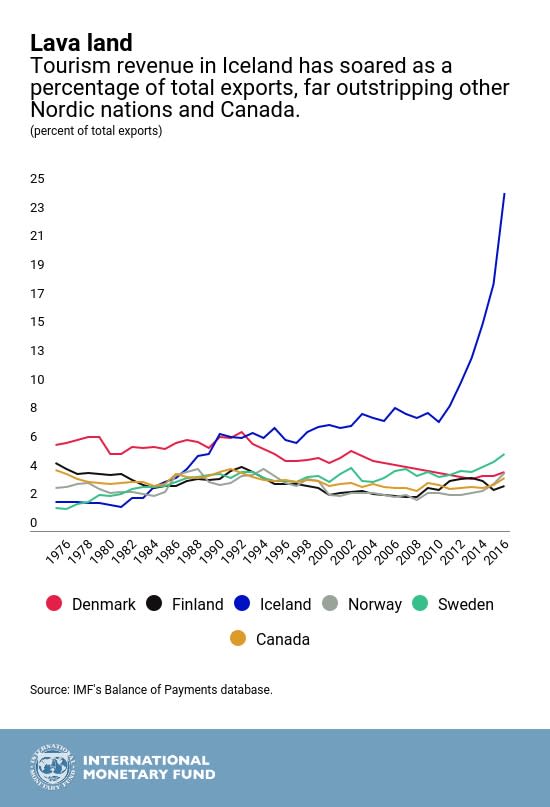
American tourists, in particular, like Iceland. According to data from the Icelandic Tourist Board, more people came from the U.S. than any other country in 2015 and 2016. And between January and May this year, 24.4% of the tourists were American.
‘Up close and personal to the forces of nature’
The two big precursors to the tourism boom were the financial crisis and the eruption of the volcano Eyjafjallajökull.
In 2008 Iceland’s currency crashed, people were left unemployed, and its three primary banks went bust. People took to the streets in what was known as the kitchenware revolution. Many bankers — and even the prime minister — were put on trial for their role in the collapse.
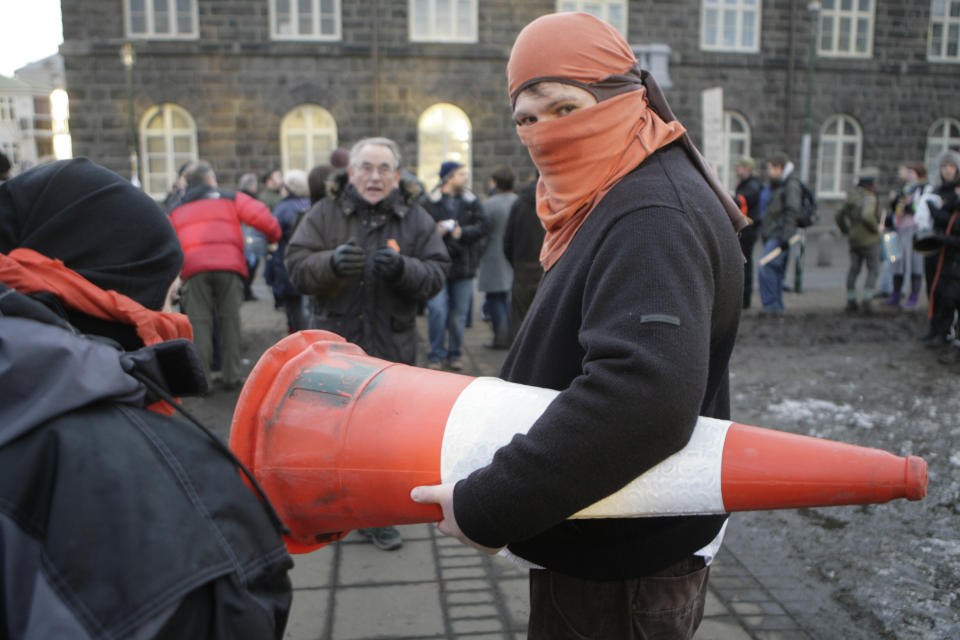
“People had also become aware of Iceland through it being the first casualty of the 2008 credit crunch,” said Huijbens. The ensuing kitchenware revolution and the constitutional reform — which was initiated but not fully completed — also brought sudden exposure to the country.
In 2010 Eyjafjallajökull erupted, leading to over 100,000 flights being canceled and costing the air industry $200 million, according to data from IATA.
But “the volcanic eruption most certainly put Iceland on the global tourist map,” Edward Huijbens at the Icelandic Tourism Research Centre told Yahoo Finance. It “underlined to those wanting to come up close and personal to the forces of nature, why they should come.”
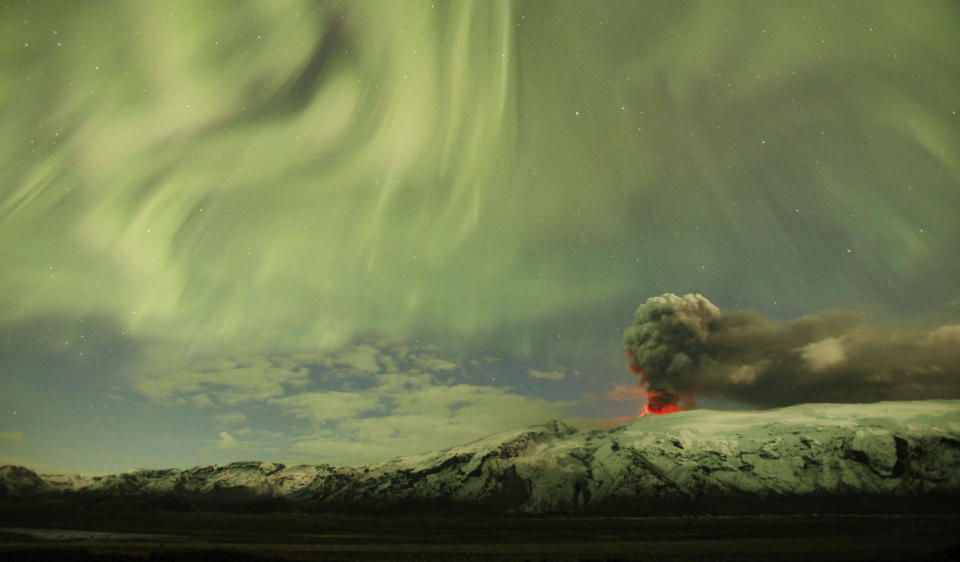
‘A handful of airlines flew to Iceland’
Right after the eruption, Iceland’s tourism board began working on a marketing campaign to boost its international image. It partnered with advertising and branding agencies and launched a push on social media.
Soon after, the aviation industry began offering more flights to the country. Huijbens pointed out that in 2010, only “a handful of airlines flew to Iceland,” but now, “around 30 airlines fly to and from Iceland” this summer alone.
Prior to the country’s low-cost carrier WOW air’s launch in 2012, Icelandair was the main operator that flew to Iceland. But since its launch, seat capacity has greatly increased — with Icelandair and WOW air together offering 9.5 million seats out of the 12.1 million in total.
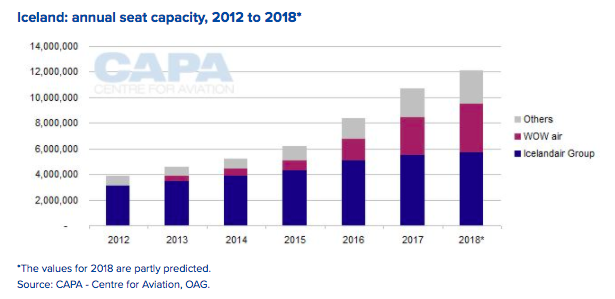
The cost of travel has also dropped tremendously. This fall, a one-way flight from the U.S. to Reykjavik, the country’s capital city, would cost you $99 with Iceland’s low-cost airline WOW air.
‘This should not go bust’
Nowadays, the country has fully recovered thanks to the massive boom in its tourism industry. The total contribution of travel and tourism to GDP in 2017 was 34.6% and forecasted to rise further, according to the World Travel and Tourism Council.
And while growth is slowing, Huijbens believes that the country is not facing a bubble and expects the good times to continue.
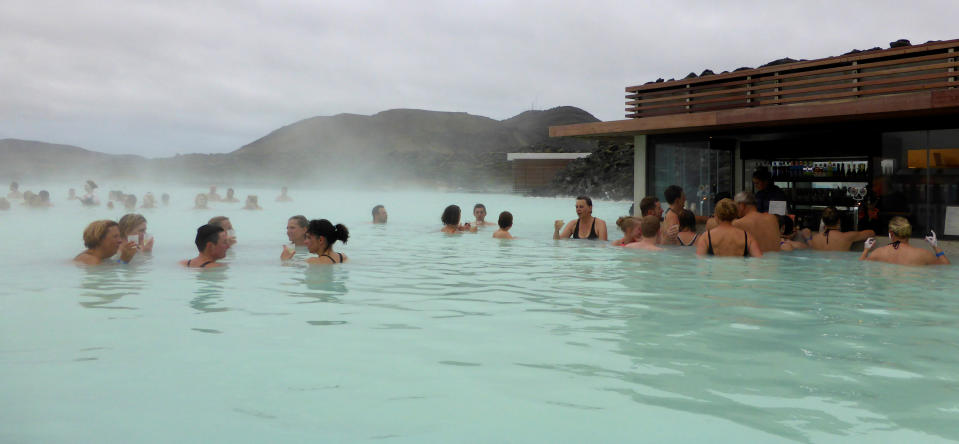
“Inbound tourism is still growing compared to last year, and by the end of 2018, we are most likely looking at 5% more tourists than 2017,” added Huijbens. “That is still healthy growth.”
Hjalti Baldursson, founder of Bokun which is a software and sales platform for the Icelandic tourism industry, echoes the sentiment. “The country has earned its spot as one of the world’s ‘bucket list’ destinations thanks to our beautiful landscape and the many unique experiences we offer,” Baldursson told Yahoo Finance. These include things “such as hot springs, glacier-hiking, northern lights viewings, caving, snorkeling between tectonic plates, snowmobiling, and much more.”
But fears of a slowdown has set “people panicking and many of those that should be consolidating their investments in tourism and building towards the future are pulling out,” Huijbens said. “That is the ‘gold rush mentality’ problem.”

Nevertheless, Huijbens argued that “this is a bubble I would say that can and will most likely stay.”
He explained: “When it boomed all rushed in to make a quick buck, now some of those are leaving as they have no real ambitions or vision for tourism in the country. So now we will see if the industry consolidates and builds its services, offerings, and infrastructure. If this happens there is nothing to say Iceland cannot cater to the number of visitors arriving at current and even more. …
“The growth boomed for a while and if the industry plays their cards right this should not go bust.”
Follow Aarthi on Twitter.
Related:

